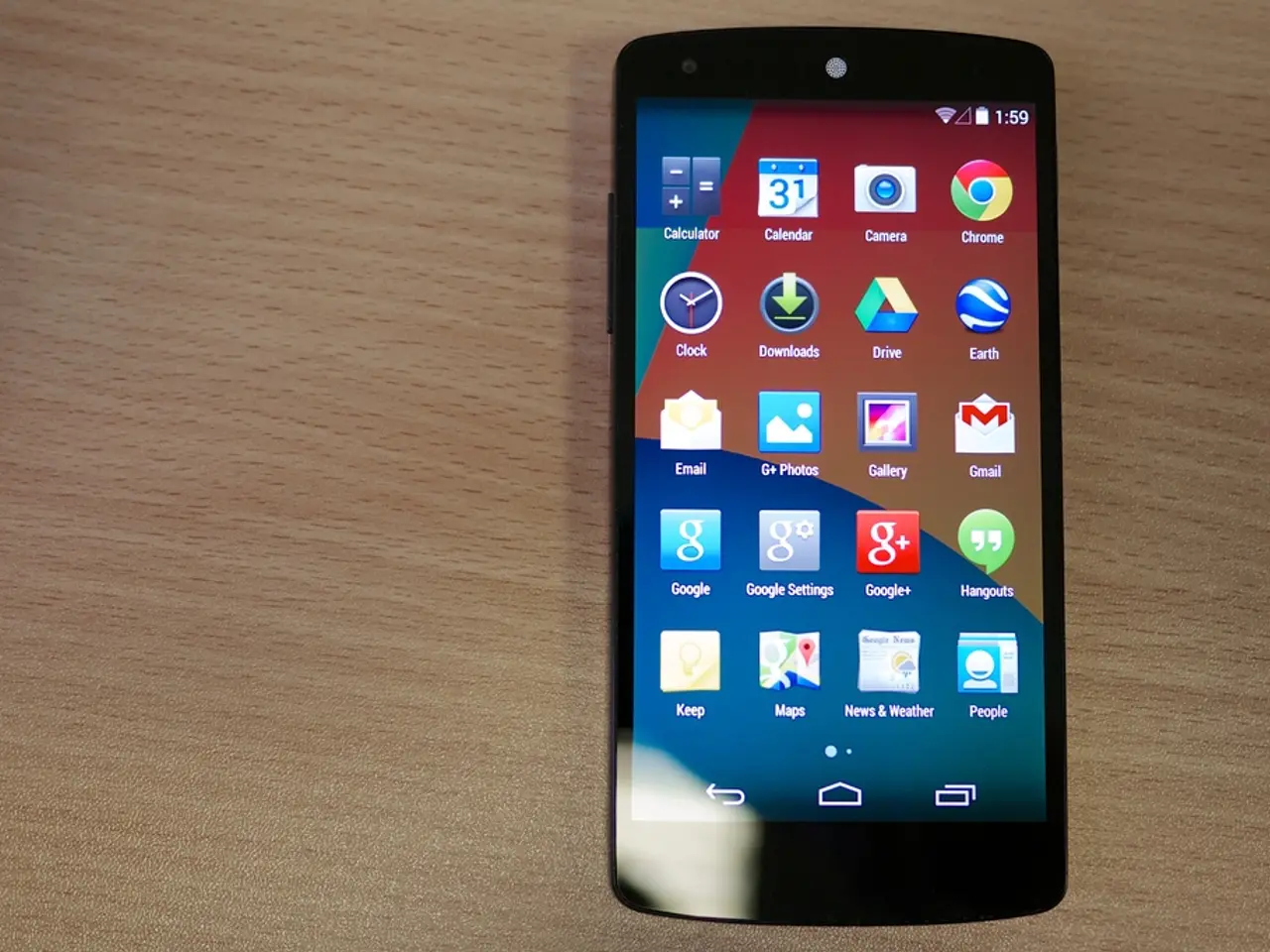Explore User's Viewpoint by Conducting Studies for Optimal Mobile User Experience
In the bustling world of mobile apps, standing out from the crowd is no easy feat. However, one tool that can give UX designers a competitive edge is qualitative user research. This approach offers a wealth of insights into user behavior, needs, and pain points, allowing designers to create apps that truly resonate with users.
The Role of Qualitative Research in Mobile UX
Behavioral analysis in mobile apps relies on software like cookies to track user interactions and perform tasks. But for a deeper understanding of user behavior and traffic patterns, quantitative research methods come into play. These include online surveys combined with automated data collection that reflects the user's actual behavior.
However, it's the qualitative research methods that truly shine. They provide a rich, nuanced understanding of users that goes beyond numbers and statistics. Qualitative research methods in mobile UX research include lab tests, diary studies, task analysis, field studies, and user interviews.
The Power of User Interviews, Diary Studies, and Field Observations
User interviews are one-on-one conversations that uncover deep user needs, pain points, and motivations. They help UX designers refine problem definitions, validate assumptions, and prioritize features based on real user input.
Diary studies, or mobile ethnography, involve users recording their experiences, behaviors, and reactions over time in their natural context using mobile devices. This captures rich, in-the-moment qualitative feedback that reveals real-world usage patterns and challenges.
Field observations see researchers observing users interacting with the app in their natural environment, providing insight into actual behaviors beyond self-reported data.
Usability testing, or qualitative sessions, involve guided sessions where users perform tasks in the app while researchers note challenges and frustrations. This identifies usability issues and informs iterative design improvements.
The Benefits of Qualitative User Research
These methods help UX designers stand out in the crowded app market by uncovering true user needs and pain points, informing data-driven design decisions, capturing context and emotional nuances, reducing costly rework, enhancing product-market fit, and competitive differentiation.
By integrating rich, user-centered insights, designers create more intuitive, engaging, and user-valued apps that perform better against competitors. Combining mobile-centric qualitative methods like diary studies with targeted user interviews and usability sessions provides a comprehensive understanding of user needs and behaviors.
Resources for Learning More
For those interested in delving deeper into the world of mobile UX research, numerous resources are available. These include articles by the Norman Nielsen Group, an introduction to lab testing, a deep introduction into Experience Sampling for Building Predictive User Models, and the User Research - Methods and Best Practices Course.
The current trends in the mobile application market can be found in a report by Allied Market Research. Supporting tools such as Dscout (for mobile diary studies) and User Interviews (for recruitment) optimize the process of gathering these rich insights in real contexts.
In summary, qualitative user research methods for mobile apps—particularly user interviews and diary/micro-ethnographic studies—equip UX designers to create highly relevant, frictionless, and enjoyable experiences. This leads to stronger user engagement and retention, helping apps excel in a competitive market.
- Qualitative user research methods, such as user interviews and diary studies, offer a rich, nuanced understanding of users that goes beyond numbers and statistics, allowing UX designers to create apps that truly resonate with users.
- User interviews help UX designers refine problem definitions, validate assumptions, and prioritize features based on real user input, while diary studies capture rich, in-the-moment qualitative feedback that reveals real-world usage patterns and challenges.
- By integrating rich, user-centered insights, designers create more intuitive, engaging, and user-valued apps that perform better against competitors.
- For those interested in learning more about mobile UX research, resources include articles by the Norman Nielsen Group, an introduction to lab testing, a deep introduction into Experience Sampling for Building Predictive User Models, and the User Research - Methods and Best Practices Course.




